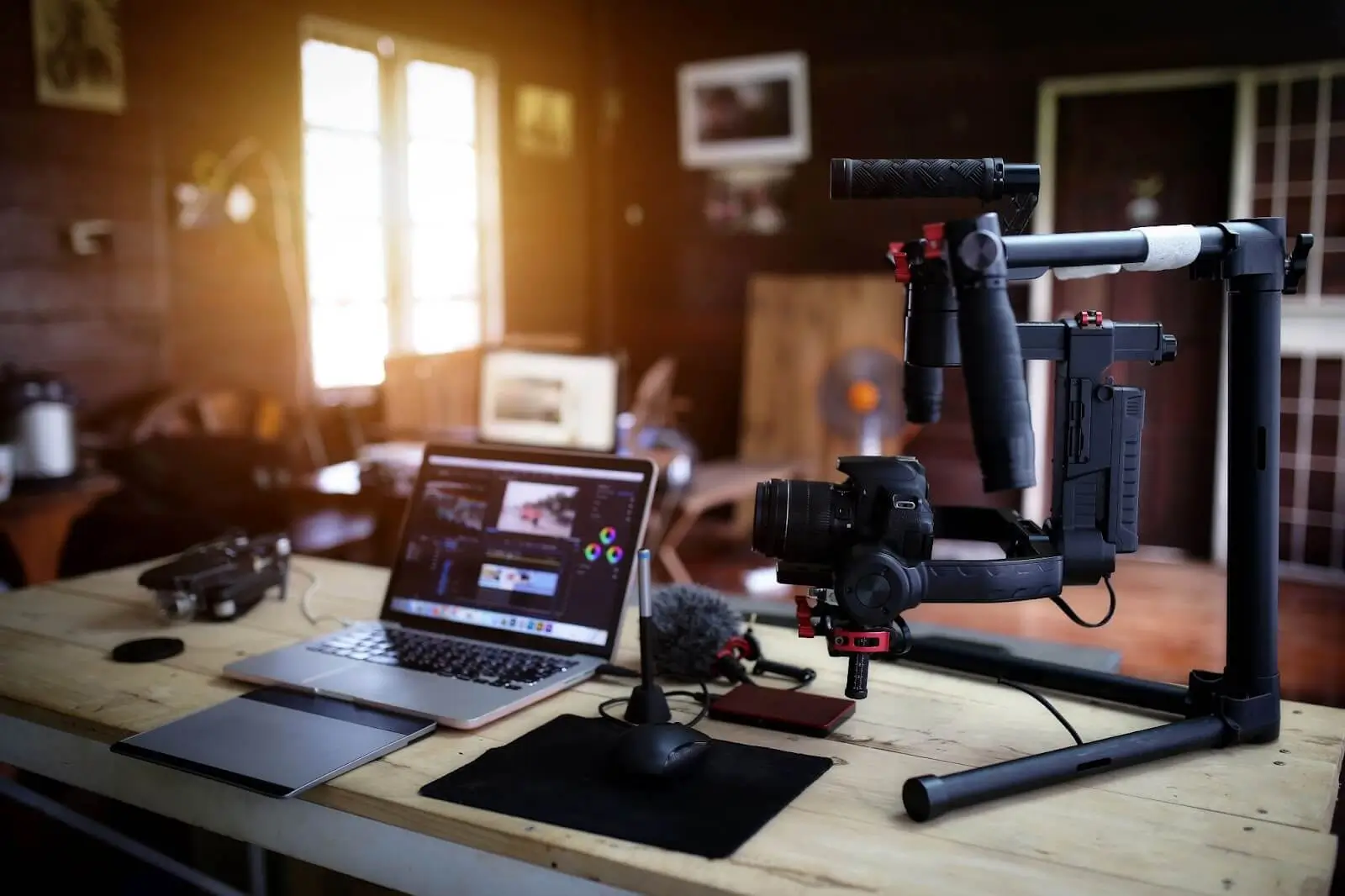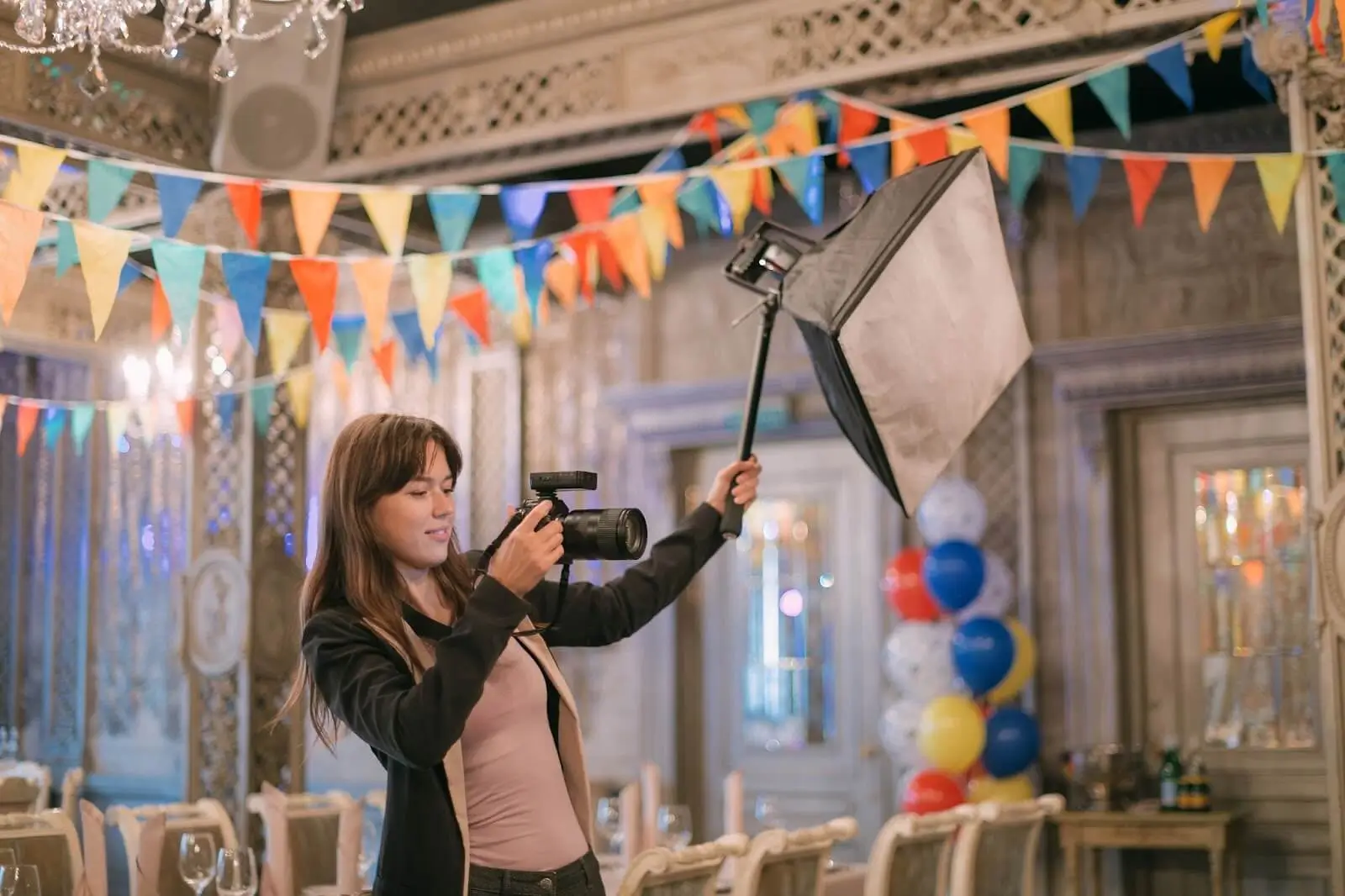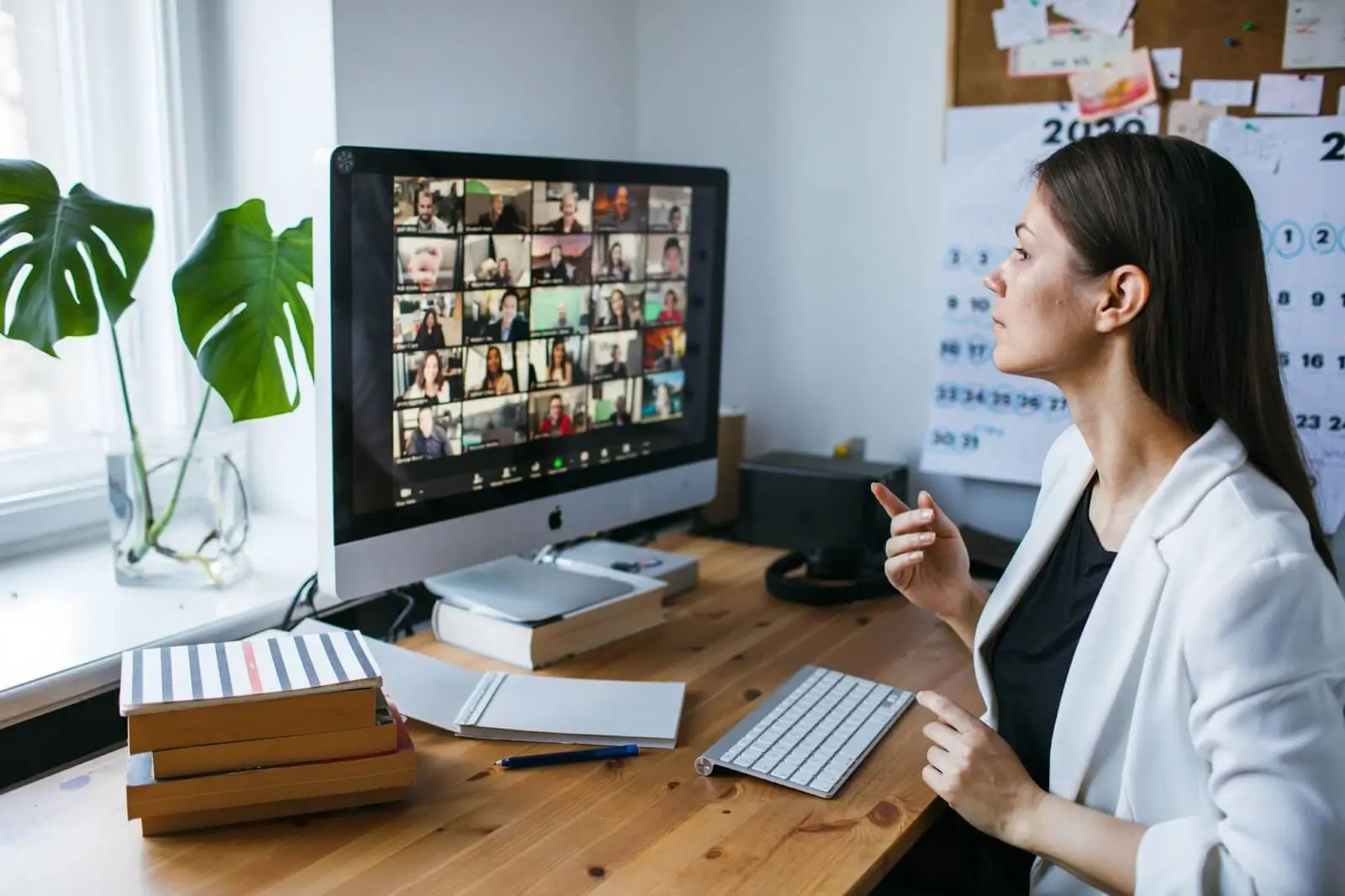How to Become a Freelance Photographer and Make Money in 2024

- How to make money as a freelance photographer - General Advice
- How to become a Freelance Photographer with no Experience
- High Volume Photography
- Overcome Fear of Judgement
- Know your Worth
- Income Diversification
- Value proposition
Photography landscape offers an opportunity for one to become a freelance photographer taking all the benefits of creating own workflow instead of being tied to a company or a business owner with their business approach that may not cater to your vision. In this guide, we explain how to start a freelance photography career on your own giving you five crucial ways to start up as a beginner, and explain the benefits of such an independent approach considering the cons of other ways.
How to make money as a freelance photographer - General Advice
The world of photography has changed, and if before you could have chosen a certain niche to thrive, these days this approach has more cons than pros. At first, you are most likely to waste different opportunities by limiting yourself to a certain niche. Secondly, with such limitations, you also may struggle if the niche is on the decline trend-wise or business-wise, hence you get in a risk of losses.

Speaking of multiple types of photography you may think that it requires much extra from your equipment or experiences as a photographer. When this is partially truth, the reality shows that flexibility comes with a will and dedication, and the rest such as equipment expenses and getting the experience just naturally comes in in the process. Hence, you just need to try different types of photography and find ways to make money from it. As such, let’s say you like to travel with your camera, and you can shoot landscapes or iconic places where not many people can reach out. In this regard, such photos become unique, adding up a price tag. Here comes stock photography that complements such an approach, where you can sell such unique photos.

Being flexible allows you to switch from one niche to another and get more experience in a process. While it may sound like taking much time to develop the experience and everything else you might need, the result overcomes these nuances multiple times.
How to become a Freelance Photographer with no Experience
There are 5 crucial ways to start up your freelance photographer career and elaboration on each in detail.

High Volume Photography
The first way to make money as a beginner photographer is to shoot High-Volume Photography. This refers to the types of photography that are easily repeatable and do not take a lot of your time. A couple of examples of high-volume photography include:
- Real estate
- Sport Events
- Concert or corporate events

All of these things can be shot in a couple of hours to a full day at most and there is usually not a ton of editing involved unless you choose such events as a wedding photoshoot, but even then you can just ease your editing workflow with wedding retouching tools to focus on the main job.
Now, some of you are probably thinking that it does not make any sense, you have to deal with more clients and you can not charge as much money. But, for a beginner, high-volume photography is a lot easier to start off for three reasons:
- Easy Scheduling: If you are truly a beginner, you are probably working a day job or you are a student, or you are doing something else to pay the bills. If you are in that situation, scheduling an event shoot for a couple of hours is a lot easier than getting involved with a three-day corporate project or something else where you need to consistently be available.
- Quick Portfolio Expansion: There are very few barriers to shooting something like a real estate listing because you can do it in under an hour and there are thousands of properties that are constantly for sale. Whereas if you try to shoot a wedding, yes, you do end up making more money but there is significantly more work involved before, during, and after the event. And as a result of all your hard work you only end up with one new portfolio piece. If your goal is to quickly build a variety of different examples that you can use to generate future business when high-volume photography will take much less time and effort.
- Risk Minimization: Once the property is sold or the sports event is over, that is it! Your clients can not ask you to redo it like they could after a set of headshots or family portraits after which you need to go into either portrait retouching or reshooting for better outcomes. This means that the result of your work is very compartmentalized – either you did a good job or a bad job, and there is nothing you can do to change that.
Overcome Fear of Judgement

You might be concerned with what other people will think of you or your photography, and all that does is slow you down. You can get much quicker results as soon as you overcome the fear of judgment and distract your mind from it by getting into the workflow. The fear of judgment can be paralyzing and waste hours of your life looking for approval, which you better spend marketing yourself to potential clients. Creative people tend to be introverted but the truth is you do not need to impress anybody except for the people that pay you. Because if you are working in a high-volume photography niche we suggest, and your clients are happy with the work you are delivering then you have created an easy opportunity for repeat jobs and new referrals. Do not waste your time with anything else.
Know your Worth

Another piece of advice for photography freelancing is to know your worth. To have a better understanding of the term, let us introduce a story called “The Handyman’s Invoice”. Nicola Tesla visited Henry Ford at his factory which is having some kind of problem. Ford asks Tesla to identify the problem. So Tesla walks up to a wall of boilerplate and he draws a small X sign on one of the plates, simple enough, right? But when the invoice comes in the bill is for $10,000 – one dollar for drawing an “X” and $9,999 for knowing where to draw it. This made-up story is a very simplified way of explaining what it means to monetize your knowledge.

A lot of photographers fall into the trap of thinking that the work they do is worth less than it actually is. And there is a subconscious reason for this, because everyone: amateurs, professionals, and people who know nothing about photography, everyone likes to focus on the gear. When curious people come up to a professional photographer working on an event, they usually say something like: “What a nice camera!” or they ask: “What lens is that?”. People do not mean any harm by doing this but it devalues your work as a photographer because it implies that the gear is doing the heavy lifting. But photography is not just you pushing a button, you are doing it with purpose by combining your knowledge of color, lighting, composition, camera settings, and image enhancements with body retouching, face retouching, and other editing routines at your disposal to produce the best possible picture.

And you need to remember that when you are pricing your work. If anybody could do it with an iPhone then you would not have a job. Not only that, but you need to consider how your knowledge is creating value for your clients. A lot of the time your skill set as a photographer will make a massive difference in helping somebody to market what they do. For instance, you constantly see budget Real Estate Photographers charging $99 a shoot. The real estate agents in North America, Canada, and the United States, typically charge about a 2.5 % commission which is $25,000 on a million-dollar property. When you consider that, do you really think that your photography is only worth $99 a shoot? If you want to make money when you are first starting out, you need to constantly challenge yourself by asking these questions. And if the client is too cheap to recognize the value of your knowledge, then politely move on and know your worth. That is how you will be able to monetize your work most effectively.
Income Diversification

Another piece of advice on how to start as a freelance photographer is income diversification. Diversification provides you with security, If one source of income fails, then you have another one to fall back on. This means that you can be a lot more patient and avoid underpaid work. So that, you can set your workflow into 3-4 categories as given examples:
- Photography business
- Stock photography sales
- Youtube channel
- Affiliate sales
You can expand this list or replace items in it with many other things such as product development, brand partnerships, speedy photography, and others. Some of those are a bit tougher to do when you do not have a following but it should give you an idea as to what you should be considering.
As part of that comes the diversifying your skills. You can shoot videos alongside the photography, do web development, editing, and so on for content distribution. These skills are closely related to photography and cost you virtually nothing going alongside but at the same time allow you to increase your income. Learn those related skills even though you might not be as passionate about them. They can lead to more work and help to diversify your income.
Value proposition

A final way to make money as a beginner photographer is to suggest what your client needs. This is especially important when you are a beginner because you do not have a list of clients yet, and you have to put more work into marketing yourself. The easiest way to market yourself is to identify ya problem that you can help to solve. Most of the time when you receive some business email, the company tells you why they need you instead of telling you why you need them. Your value proposition should contain not just a cooperation, but some unique value proposition that only you can provide to your clients. Point out something that your clients have a problem with and then offer some kind of solution. This shows that you are not just another photographer who wants to make money, but actually a dedicated professional who researches to find what to improve. In this way, you provide the value upfront which makes a good base for forming business relationships.

A practical example of the upfront value proposition, let’s say you are photographing a local soccer event of a professional team. If you want to work with their league manager, you give the images to them for free and tell them these pictures may have a use in their marketing campaigns or website and that you are doing this for a living. In this case, if they like the photos you take, if they find a use for them, you might as well get hired for a job after providing such value upfront and eventually shoot promotional content for them. In this way, you simply showcased what you can do and how could you contribute to their marketing efforts. Unlike sending a cold e-mail they get tons of those daily.

















